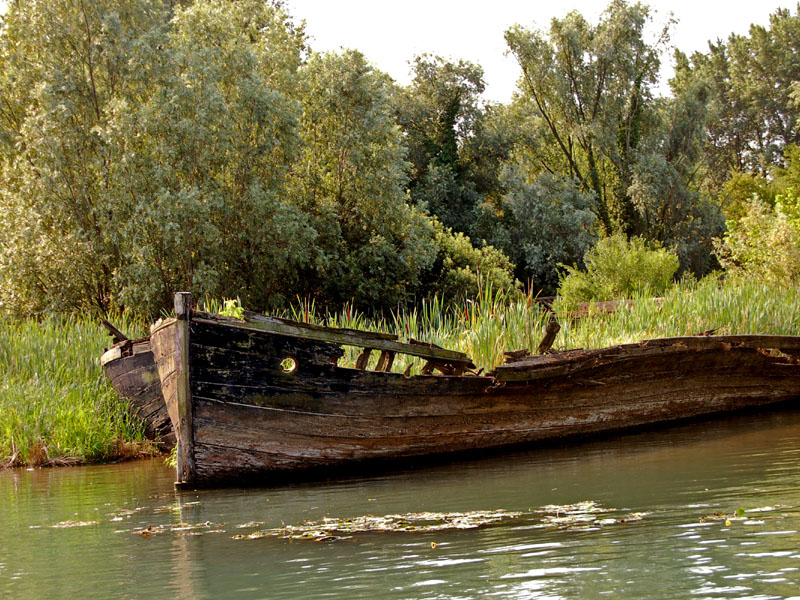The geology of the Sile
In the Quaternary, the geological period characterised by alternating cold and temperate periods, the glaciers of the Piave and Brenta carried massive amounts of alluvial material down from the Alpine valleys to the Treviso plain where it spread in a fan shape. By the end of the last ice age about 17,000 years ago, a thick layer of sedimentary deposits had formed, loose coarse gravel at the mouths of the valleys and sand with compact fine clays near the sea.
The soil of the upper Treviso plain to the north of the Sile is therefore made up of permeable gravel which absorbs meteoric and river water, particularly from the Piave which accounts for more than 60% of groundwater recharge. This type of terrain is characterised by abundant circulation of groundwater and the virtual absence of natural surface watercourses.
Consisting mainly of impermeable clays, the surface of the lower plain on the other hand is crossed by a dense network of watercourses with little groundwater circulation. The different way the terrain and water interact on the upper and lower Treviso plain causes the formation of resurgence springs known locally as fontanassi.
The remarkable phenomenon of rivers with a lowland source is basically explained by the fact that when the groundwater circulating beneath the surface of the upper plain comes into contact with the impermeable clay deposits of the lower plain, it rises up to the surface forming resurgence springs. In the Treviso area these are the source of the Sile and also feed its numerous tributaries.

Burci Cemetery
(photo by: Gianfranco Speranza)







